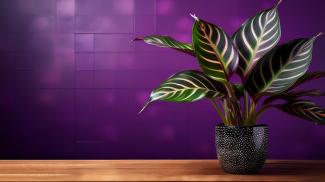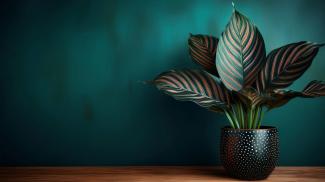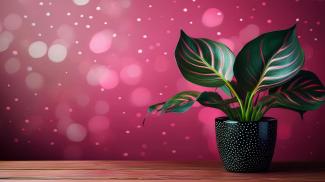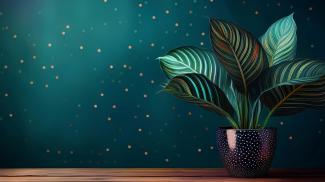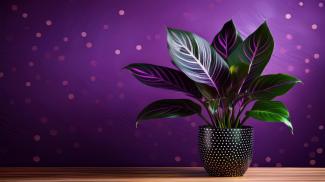During the great lockdown of 2020, many people got very into houseplants. The craze was like any other collective obsession. Where you could go as deep as you'd like or only skim the surface. Rare plants would go for hundreds of dollars (some even for thousands). And many of the plants that were rare have become more common due to the increased demand.
Even big box stores started carrying more exotic plants.
The fad has cooled quite a bit as people have settled into the new normal that is our post-pandemic world. But many of us still have rooms with shelves, windows, counters, tables, etc overflowing with plants.
This led me to wonder how I was going to keep up with watering them all. Each plant has a different watering preference for its best health. And they need fertilizer and light in different quantities. Add to that fluctuations in humidity in climates like mine where it's very, very dry and you end up with plants sadly perish before their time.
I figured this should be a solvable problem.
When I came down with COVID-19 in the spring of 2021, I started planning out a watering system. I figured it was high time I documented my efforts.
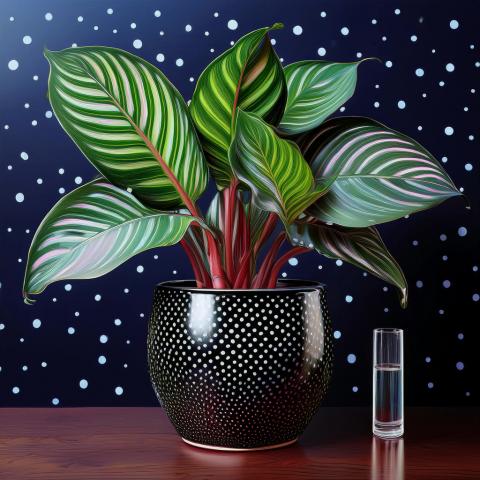
Project Posts
Using 3D Printing to Design the System
When creating this system, I wanted every part of it to be intentional. This includes the design for the enclosures. So I started using 3D printing early on to design my automated watering system.
Building the Station
The station is the heart of the automated watering system and will need to be robust enough to handle the readings it will receiving, store those readings, and allow users to configure the watering schedule and process from start to finish.
Building the Sensor
Since the sensor in the automated watering system will be running on batteries, it's crucial to ensure the system is as efficient as possible.
How it grew — Designing the inner workings of the watering system
Designing the circuits, capacity, and functionality of this crazy DIY watering system.
How it started — Designing a watering system
The background on why I started even thinking about building a custom watering system for my houseplants.
